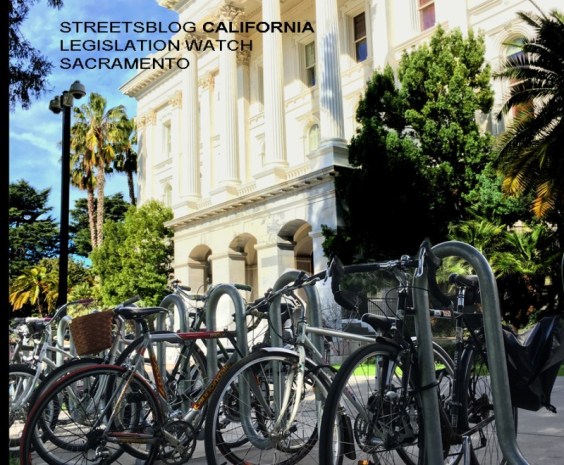Ed Glaeser is a very good economist, and his papers are indispensable reading for those interested in the workings of urban areas. But he is also a strident conservative, whose popular writings frequently challenge conventional progressive wisdom (and my own views).
I was interested, then, to read that he would be writing a three-part examination of the economics of high-speed rail (HSR) at the New York Times' Economix blog. I understood that Glaeser would not approach rail from a position of overwhelming support, but I imagined he would provide a fair and rigorous analysis, worth taking seriously.
I hate to pass judgment just one part into the three part series, but so far his effort is highly disappointing.
Let's begin with the first and most obvious complaint -- Glaeser chooses to examine a potential link between Dallas and Houston.
This strikes me as a worthwhile link to have, but it is is notably not part of the administration's announced plan for a first go at construction of HSR systems around the United States. And it is manifestly not one of the top priority corridors for creation of true HSR, running at speeds of at least 150 miles per hour.
Why would he choose this corridor to examine? Why not begin with the most natural place to construct true HSR -- the Northeastern Corridor -- or the state moving fastest toward building its own true HSR network -- California?
Well, Glaeser was able to use Dallas' low share of commuters taking transit to knock the corridor's estimated ridership down by half. Transit's share of commuting in Los Angeles is nearly three times that in Dallas. In San Francisco, transit's share, at 32.2 percent, is more than seven times larger than in Dallas. Presumably this difference had something to do with his choice.
This is a bad beginning for Glaeser, but it actually gets worse. He presents a formula for determining whether the direct benefits of rail are worth the costs:
Number of Riders times (Benefit per Rider minus Variable Costs per Rider) minus Fixed Costs.
That seems simple, does it not? Perhaps a little oversimplified? But it must be so, says Glaeser:
I’m simplifying, but a formula needs to be simple if interested partiescan seriously debate the numbers, and the only way that America isgoing to get to the right answer on public investments is if numberstrump rhetoric.
But it matters which numbers we're considering, and omission of
important variables that planning experts take seriously is not the way
to conduct this debate.
The simple fact is that Glaeser's stripped-down formula obscures far more than it reveals. Again, as I mentioned at the beginning, I am hesitant to judge this series a mere one part in, but the way he has begun here is simply irresponsible.
What are his long-term assumptions? How quickly does he think the population of the Dallas and Houston metropolitan areas will grow? What will that population growth do to the number of people living within easy reach of a train station? How will that population growth interact with planned expansions of local transit systems?
How sensitive are his projections of changes in oil prices? Do they take into account the effect of changing demographics on demand for various kinds of housing and transportation?
And perhaps he will come back to it later, but for now Glaeser has left out any consideration of land-use issues. What effect will construction of high-speed rail lines have on land values, and how much of that will come back to the government as tax revenues?
And most importantly, to what extent will construction of the corridor shape future development? This kind of an analysis is a mainstay of economic geography.
Construction of rail lines to the midwest in the 19th century completely altered the value of midwestern land with access to those lines. That land then developed, creating demand for the rail lines.
Construction of a downtown-to-downtown HSR line that's competitive with flying will significantly increase the return to locating near the rail terminal. This will encourage development around the line and business based on the line, which will provide demand for the line. Certainly the construction of the interstate system has provided some guidance for us here.
And that brings us to a final point (which, again, Glaeser may ultimately address): What is the proposed alternative?
Is it doing nothing? Then at what point does the rising cost of congestion justify construction of something? Let's say an alternative is new airport capacity; well, how do the costs and benefits there work out, and how does that math change with oil at $150 per barrel?
Or perhaps an alternative is new highway capacity. Can we see a cost-benefit analysis for that, and how that varies with oil prices, congestion levels, and so on? If we assume that drivers will need to pay the full maintenance cost of the highway network already constructed via a user fee (and currently they're coming up well short), what does that do to expected demand for rail?
Even if you accept the numbers that Glaeser uses (and one shouldn't automatically do so), you're left with almost nothing -- an amateurish, back-of-the-envelope analysis for a corridor that's not even part of the current Obama administration plan. What is this supposed to prove, exactly?
Perhaps he'll do better in part two of the series. He can't do much worse.





